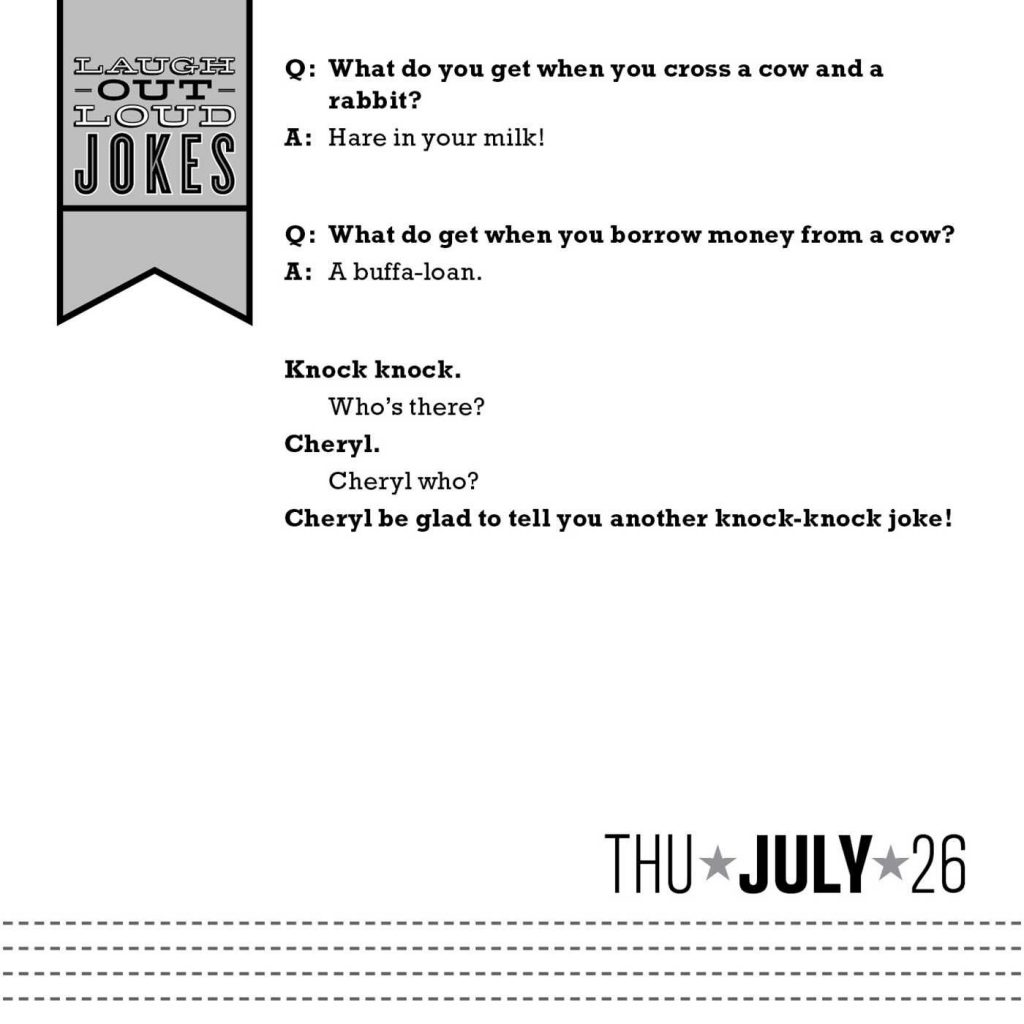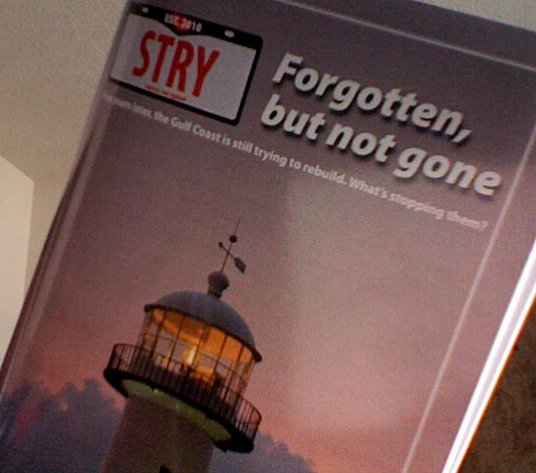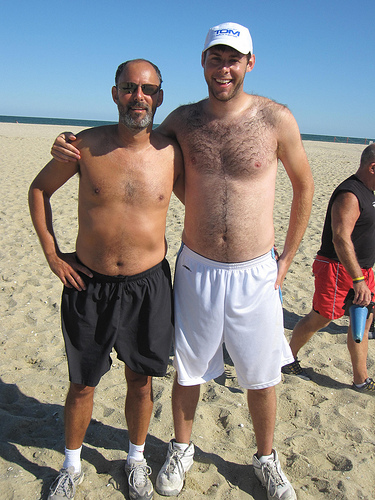I’ve been watching a lot of the World Cup, and in particular, taking advantage of this unusual video feed that Fox Sports is offering online. Instead of the view from the sidelines, showing the players running left to right, it shows the entire field from behind the goal.
And if you’ve never watched a soccer game from that perspective, you’re missing out on a crucial part of the game. A single player can take over a basketball game, and a player or two can break down the defense on a hockey shift. But soccer is more like chess: It takes a series of moves involving several key pieces to achieve a desire result. The view from behind the goal lets you see the whole field, and how all 22 players fit together.
Here’s some footage from that camera angle in this week’s Uruguay-Saudi Arabia game. I’ll warn you: nothing of importance happens in this clip, but I still find it fascinating:
In particular, I’m fascinated by the movement of the ball. Every move by Saudi Arabia up the field is countered by a shift in the defense for Uruguay — the synchronicity in their movements is beautiful. With every pass, both teams shift in subtle ways, adjusting their formation to the optimal shape to try to score or defend.
It’s a great example of something I’ve been thinking about at my own work: How does my next action affect the work of the team around me? If I communicate well and launch a new product, I can set up a colleague for success. If I fall short, it can force the entire team to scramble to cover for my error. Whatever I do has a ripple effect throughout the organization.
It’s why hiring well is so important — you need to be working with people you trust, people who are going to put you in a position to succeed, and who can build off of your successes. Your actions don’t exist in a vacuum. Your mistakes, your missteps, your victories, your every movement — like on the field at the World Cup, they all matter.







